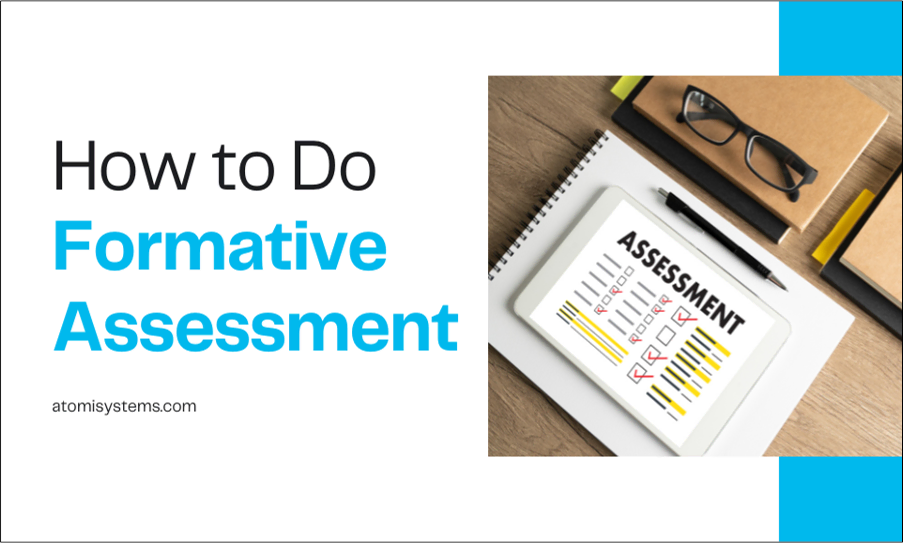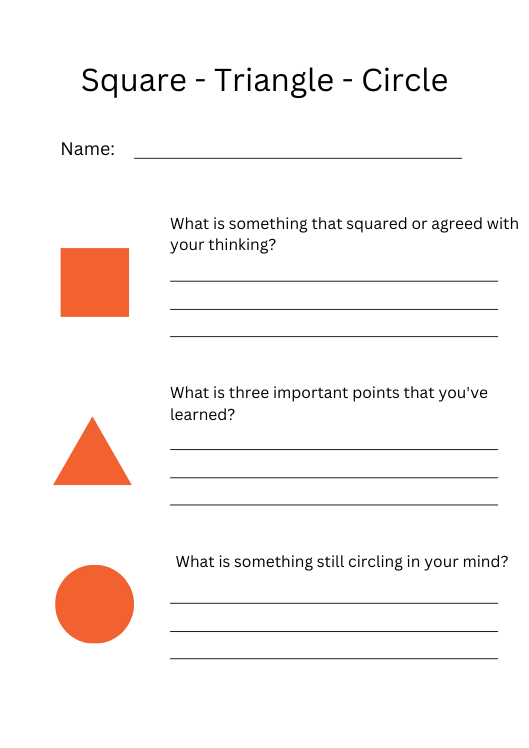Formative assessment plays an important role in the learning process. Especially, when training virtually, it may become more essential. But, it’s quite challenging. Don’t worry! These 7 methods of formative assessment in virtual learning can help.
In the dynamic world of virtual education, knowing if your students are truly grasping the material in real-time can be a significant challenge. Unlike a traditional classroom where visual cues and immediate interactions are abundant, the virtual environment requires intentional strategies to gauge understanding and provide timely feedback. This is where formative assessment becomes indispensable. Far more than just testing knowledge at the end of a unit, formative assessment is the ongoing process of monitoring student learning to provide continuous feedback that can be used by instructors to improve their teaching and by students to improve their learning.
But how do you effectively implement formative assessment strategies in a virtual classroom? This blog post will explore 7 practical methods you can use to check for understanding, identify learning gaps, and support student progress in your online courses.
What’s more, powerful authoring tools like ActivePresenter can be invaluable allies in deploying these methods. ActivePresenter offers a robust suite of features – from creating interactive quizzes and simulations to recording screen activity and building engaging branching scenarios – that can be leveraged to design and implement dynamic and effective formative assessment activities. Throughout this post, we’ll not only delve into each of the seven methods but also touch upon how you can utilize the versatile features of ActivePresenter to make them a seamless part of your virtual teaching toolkit.

Table of contents:
What is Formative Assessment?
Formative assessment is an assessment done during the learning process. It checks how students understand the topic they’ve learned. This assessment is non-graded. So, students will not receive any punishment even though they don’t understand anything. Its role is to assist teachers in knowing students’ ability to acquire knowledge and identifying holes in their learning. Based on the response, teachers can adjust the teaching materials to adapt to the students’ abilities.
7 Methods of Formative Assessment
In virtual classes, you can not walk around the classroom and monitor each student’s learning attitude. Besides, traditional pen-and-paper methods become useless in this case. So, how can you check their learning during the lesson? Below are 7 methods of formative assessment you can apply to your online class.
| 1. Dipstick | 5. Make art the assessment |
| 2. Digital journals | 6. Peer-to-peer evaluation |
| 3. Elevator pitch or tweet | 7. Exit ticket |
| 4. Square, triangle, circle |
Let’s deep dive into each method for details.
1. Dipsticks
As important as checking the oil in the car, you can use the dipstick method to check if students are on track. Why is this method called dipsticks? Because it’s easy and quick like using a dipstick to check the oil. Teachers will raise a general question about the previous lesson. Then, students can respond by sending an emoji such as thumbs up/down in the chat box or posing a signal via the camera. Or, teachers can pose a more specific question and require students to assess their understanding on a scale of 1-5. They can press a number on the chat box or show their fingers to indicate their number.
2. Digital Journals
Another method of formative assessment is to create digital journals. As you know, how quickly each student absorbs knowledge is different. And not all of them like raising their hands to address their understanding during class. For these reasons, you can create a digital journal entry as a reflection exercise after class. In this way, students have more time to digest the lesson in their private space. In the journal, students can follow the K-W-L chart (what they Know – what they Want to know – what they Learned) or the 3-2-1 strategy (3 learned things – 2 interesting things – 1 confusing thing). Then, submit it to teachers in the next lesson.
3. Elevator Pitches and Tweets
Maybe you have heard about elevator pitches in a business plan or proposal. It is a short, persuasive speech that people use to draw other’s attention to their organization. But, it can be applied in different situations. For example, in online learning, you can use this method to ask students to summarize what they understand about a particular unit and present it during the live class. An elevator pitch should be succinct and no longer than a short elevator ride (about 30 seconds).
Apart from elevator pitches, students can give a quick unit’s summary by mocking up a “tweet”. But, mocking up a “tweet” doesn’t mean that they have to create a Twitter account. Students will post this “tweet” on an online document like Google Docs or the chat box. Additionally, this “tweet” has to stay within the character limit of real tweets (280 characters).
4. Square, Triangle, Circle
Next, square, triangle, and circle is also considered a method of formative assessment. In which:
- Square means something they already know, and want to reinforce.
- Triangle indicates three key or important points to remember.
- Circle is something that’s unclear and still “circling” in their minds.

You can apply this method in two ways: individually and in group. For the first way, ask students to do this reflection exercise independently on an online document. For the second one, ask each of them to select a shape that represents their thinking. Then, divide them into three groups based on their choices. Each group will discuss and present their ideas to the class.
5. Make Art Your Assessment
Have you ever thought that you could turn your assessment into art? This method can make boring mini-tests more engaging. Also, it helps stimulate students’ creativity, imagination, and artistic talent. Let students share their thoughts through artwork, music, or even drama. For example, involve them in a kind of reflection exercise called one-pager. Students will mix art with the lesson content (key themes, questions, ideas, and so on). Then, freely write or draw them on a sheet of white paper to show how they understand the content. They can use a tool like Canva or write by hand and submit it as a photograph. Or, they can create a short video to describe a concept, write a song, or play a chapter of a literary book. Then, use a smartphone to record performance by themselves and share virtually.
6. Peer-to-Peer Evaluation
Another method of formative assessment is peer-to-peer evaluation. Attending a virtual class makes it hard for students to build up and maintain relationships with others. The peer-to-peer evaluation method not only helps foster students’ relationships but also assists you in assessing their learning process. By this method, you can pair students randomly. Each pair, for example, will set up a separate Zoom meeting, and check the other’s understanding of the lesson. You can give each of them a general rubric, or use the tag feedback to evaluate their peer’s learning. Also, they will share the feedback with you. Another way is to ask them to discuss what they gain, then present it to the class.
7. Exit Ticket
When the lesson’s done, how can you wrap it up effectively? At this time, exit tickets come in handy to help you have a nice ending. Exit tickets sound like students need a ticket to exit the class. But, actually, it is a final quick check that requires students to answer some questions or do some tasks related to what they’ve just learned. Teachers can use a diversity of question types such as multiple choice, true/false, or game-type activities. Note that exit tickets should be short, concise, and engaging enough to appeal students’ attention in the last minutes of the lesson.
Final Words
So, you’ve learned about the definition and 7 popular methods of formative assessment. Hope it helps you operate and manage your virtual class effectively. Let’s follow our Blog for more useful posts.
See more: